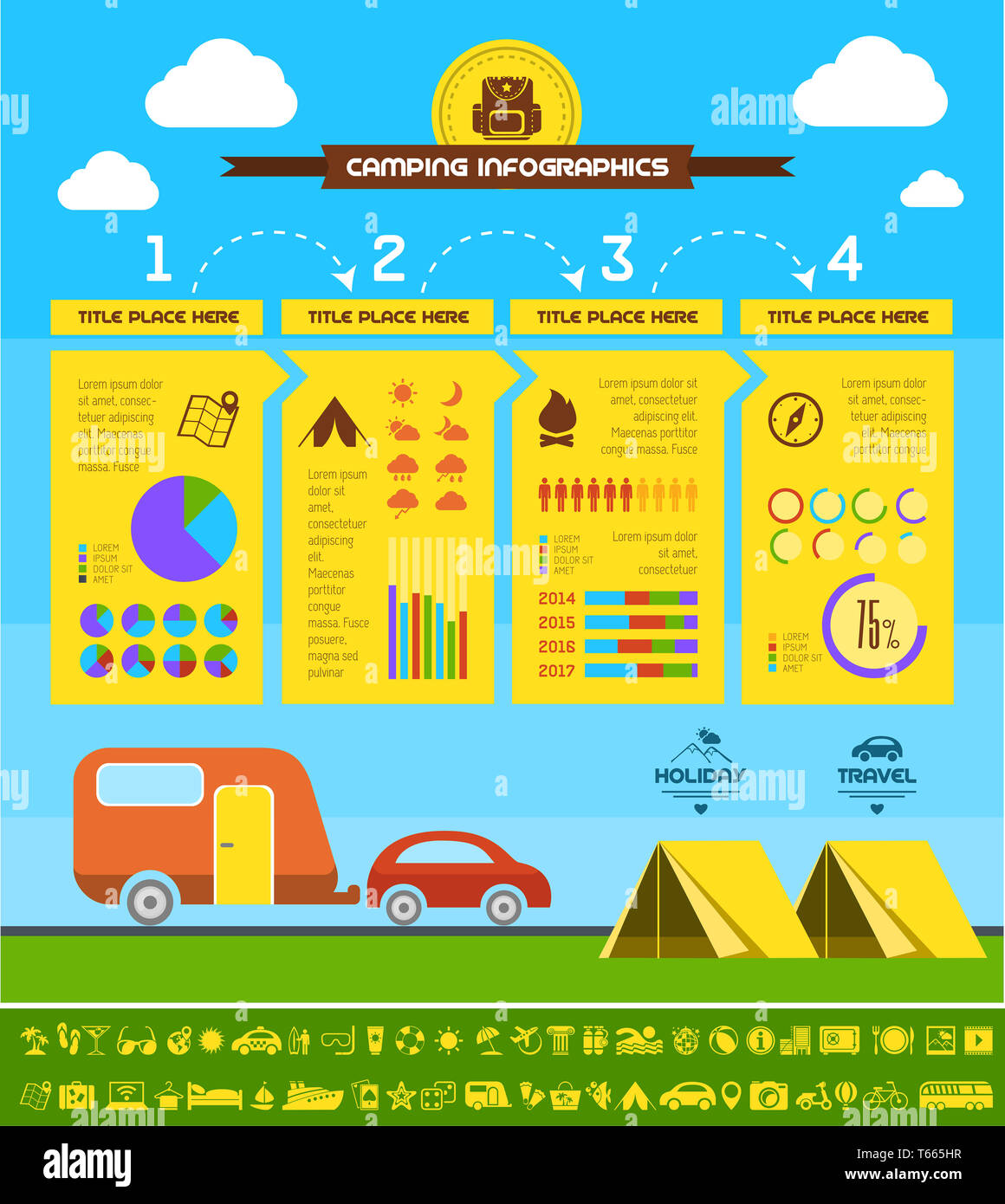Selling Camping Tents Online Directly To Customers
Selling Camping Tents Online Directly To Customers
Blog Article
The History of Bell Tents
The conelike shape of a bell camping tent makes it among the most successful sanctuary styles in background. Recognized by several names, consisting of the Tipi, Chum, Goahti, Lavvu, or Nentsi, these single-pole cotton canvas outdoors tents were made with usefulness in mind.
What is the difference between glamping and camping?
Their simpleness and simplicity of assembly made them optimal for cultures on the move. This exact same performance caught the eye of leisure campers, that quickly integrated brief walls to develop a traditional camping tent style that we currently referred to as the Bell Camping tent.
Origins
Bell tents are a tried and evaluated form of instant accommodation. Their roomy interiors and practical layout-- they are tough, easy to set up and can endure strong winds as a result of their legendary bell shape-- have made them a popular choice for camping and glamping.
The modern bell tent traces its roots back to a 19th century armed forces outdoor tents designed by Henry Sibley. He adjusted the design of the American Indian tipi to produce his distinct outdoor tents which was after that taken on by the military for usage in armed forces camps and expeditions.
The principles of this tent-- rugged and challenging canvas providing a home-away-from-home for tourists-- have actually been improved gradually to suit the requirements of contemporary campers. For instance, modern glamping outdoors tents supply features such as carpets and beds to improve the comfort of campers. These features also help to keep the honesty of the initial style and protect versus the components.
Army Usage
In the 19th century, bell camping tents were first used as military area sanctuaries. They were a prominent choice due to the fact that they were durable, large, and simple to set up. Today, these tents are popular amongst campers and glampers for their elegant and useful design.
They are also extensively utilized in armed forces and rescue operations, where quick deployment is vital. Their basic structure suggests that they can be established in a short amount of time, offering employees more time to focus on the goal available.
The bell camping tent is usually made from a tough and weatherproof canvas, with a centre post that's supported by a series of fixes. Period prints reveal that these tents were formed a lot more like a cone than a squat structure, and the wall surfaces were small in regard to the elevation of the center post. This enabled them to withstand wind and rainfall. They were often made use of by the ANZAC troops on their expeditions throughout Europe and Gallipoli.
Glamping
Glamping is a modern exterior recreation that has come to be significantly prominent. People from all profession are looking for a method to appreciate the outdoors comfortably and style. Whether it's a romantic trip or a family members camping journey, a high quality tent can make all the distinction.
A bell tent's round form assists with stability in gusty conditions, tent stoves while its sizable interior can suit many people. It is likewise easy to establish, requiring only a main pole and a conelike canvas roofing system that resolves into a vast base.
The bell tent was designed by Henry Hopkins Sibley, an US Army soldier that served on the Texas frontier in the 1850s. He took motivation from tipis he saw, and developed a style that was durable and conveniently portable. His tent was patented in 1856.
Contemporary Usage
Today, bell outdoors tents are a staple in boutique outdoor camping websites, festival lodgings, and as classy outdoor sanctuaries for weddings or resorts. Their fashionable, timeless styles mix custom with modernity, making them a favored among those trying to find unique and comfortable accommodations that are both cosmetically appealing and surprisingly very easy to establish.
The modern bell camping tent traces its beginnings back to conventional camping tents made use of by nomadic tribes in Northern Europe, however experienced its prime time around the 19th century when canvas replaced animal hides as the key product. This adjustment, incorporated with a useful layout that focuses on clearance, saw the emergence of a prominent military area shelter and, later, the iconic tent we understand as the bell.
In the 1850s, a United States Army soldier named Henry Hopkins Sibley developed the first contemporary bell tent. Attracting motivation from the tipis he had actually seen on the Texas frontier, his new outdoor tents used a single main post and vents to create a framework that was both resilient and conveniently mobile.
Can I put my tent in the washing machine?
